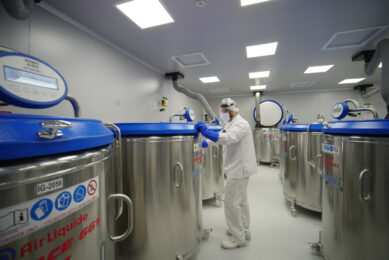Outbreak of influenza A virus among humans and swine at county fair
Both visitors as well as swine appear to have contracted influenza A (H3N2) at a recent county fair, held in Indiana, 8-14 July.
The Centers for Disease Control reported that during 12-16 July, the Indiana State Department of Health and the Indiana Board of Animal Health identified respiratory illness among swine and persons at a county fair. On 16 July, specimens were collected from four persons with respiratory illness; two had become ill on 12 July and sought care at an emergency department, and two were identified as part of the subsequent public health investigation. All four persons were swine exhibitors or family members of swine exhibitors and had close contact with swine.
On 18 July, reverse transcription-polymerase chain reaction (RT-PCR) testing at the Indiana State Department of Health laboratory identified suspected influenza A (H3N2) variant (H3N2v) virus in all four specimens.
On 21 July, partial genome sequencing at CDC confirmed H3N2v virus with the influenza A (H1N1)pdm09 virus M gene; the viruses detected in the four specimens are similar to 12 viruses detected in 2011 and one detected earlier this year. None of the four persons were hospitalised, and all have fully recovered.
Additionally, all respiratory specimens collected from a sample of 12 swine at the fair were positive for influenza A (H3N2) virus. The specimens were forwarded to the National Veterinary Services Laboratories of the US Department of Agriculture (USDA) for additional testing. Preliminary genetic analysis has shown a very high level of similarity between the gene sequences of H3N2v viruses from humans and the H3N2 viruses from swine.
Transmission
Although human-to-human transmission of H3N2v has been limited in previous outbreaks, these viruses could change to transmit efficiently among humans. The Centers for Disease Control (CDC) recommend to persons who raise swine or come into close contact with swine at fairs or other venues should be aware of the potential risk for influenza transmission between swine and humans. To reduce this risk, preventive measures such as practicing frequent hand hygiene and respiratory etiquette are recommended. Persons also should avoid close contact with animals that look or act ill, when possible, and if experiencing influenza-like illness themselves, should avoid contact with swine.
Centers for Disease Control
• Indiana State Department











